How to Choose the Best Position for a Garden Parasol

Updated: 02/04/25
Finding the best position for your garden parasol takes a bit of thought. The type of parasol you choose, together with the outdoor space you’re working with, are key factors in creating effective shade. In this blog we share our knowledge on how to choose the best position for a garden parasol.
By the way, the terms garden ‘umbrella’ or ‘parasol’ mean the same thing, more or less. However, given that ‘parasol’ comes from the French words ‘parare’ and ‘sol’ to mean ‘shield from the sun’, that’s always going to be the word for us.
When deciding on placement consider factors such as the time of the day you’ll use the parasol, the size of your space and how you want to use your garden. Your parasol should complement your outdoor lifestyle - whether you’re creating a cosy shaded nook or keeping your dining area cool in summer the right positioning will make all the difference.
Which parasol is best for you?
First, which parasol is best for you? Cantilever parasol or table-based? The biggest factor here is whether you want to move your parasol. For example, is shading different parts of your garden important or do you plan to protect one area, such as dining and barbecuing on your patio? Also, don’t forget to take into account nearby trees, walls and fences. Take measurements so you can be sure your parasol will fit in the space you’ve identified.
Essentially, you’ve got a choice of two types of parasol: table or cantilever. They’re both great ways to protect you and your guests from the sun. They come in a range of colours, materials, functions and sizes so, it comes down to personal preferences plus these considerations:
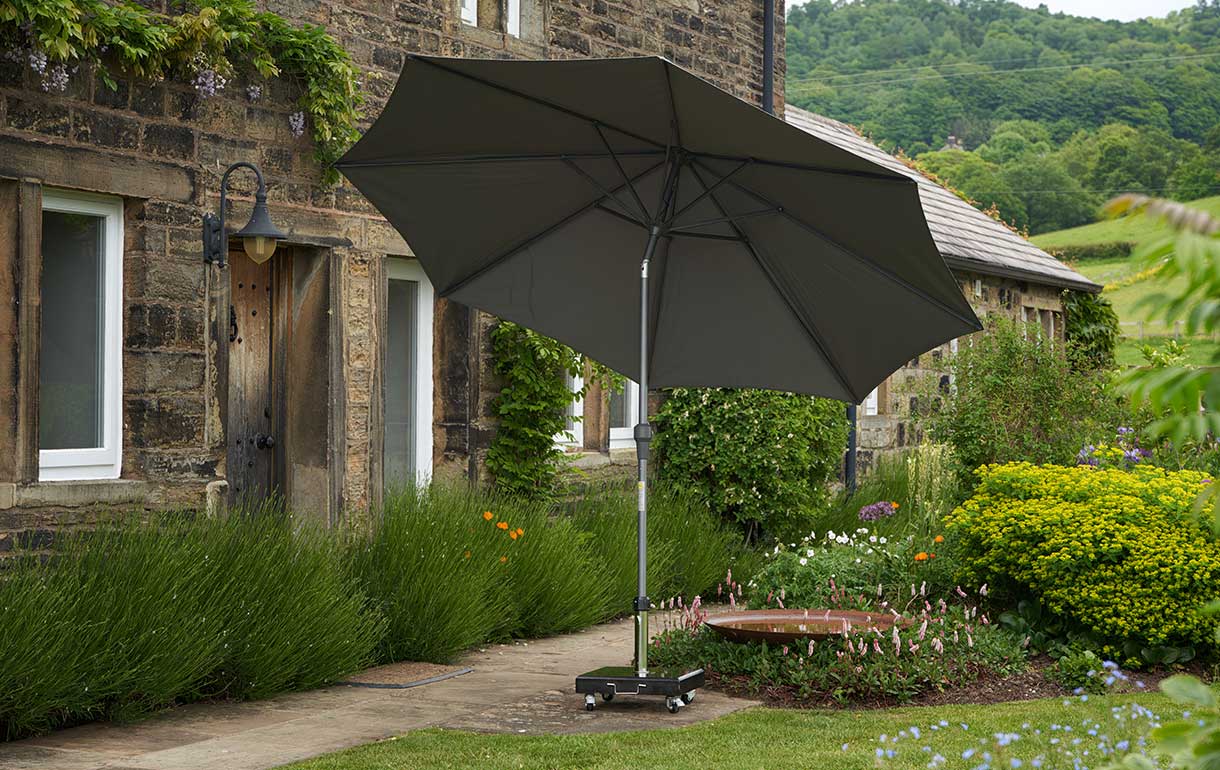
Shade in one area: table parasol
A table parasol, as the name suggests, can be located through a table, thereby shading both your guests and their food. The base of a table parasol, though weighted, is easier to move and position alongside a table or anywhere else in your garden. This parasol really works well located through a table: it shades the whole dining area, is less susceptible to wind and the base doesn’t intrude. Table parasols are also the least expensive choice.
Another advantage of table parasols is their versatility in different outdoor settings. Although they are primarily designed to sit within a dining table many can be used to create shaded lounging areas when paired with an outdoor sofa or bench. Some models come with a tilting mechanism which allows you to adjust the shade as the sun moves throughout the day.
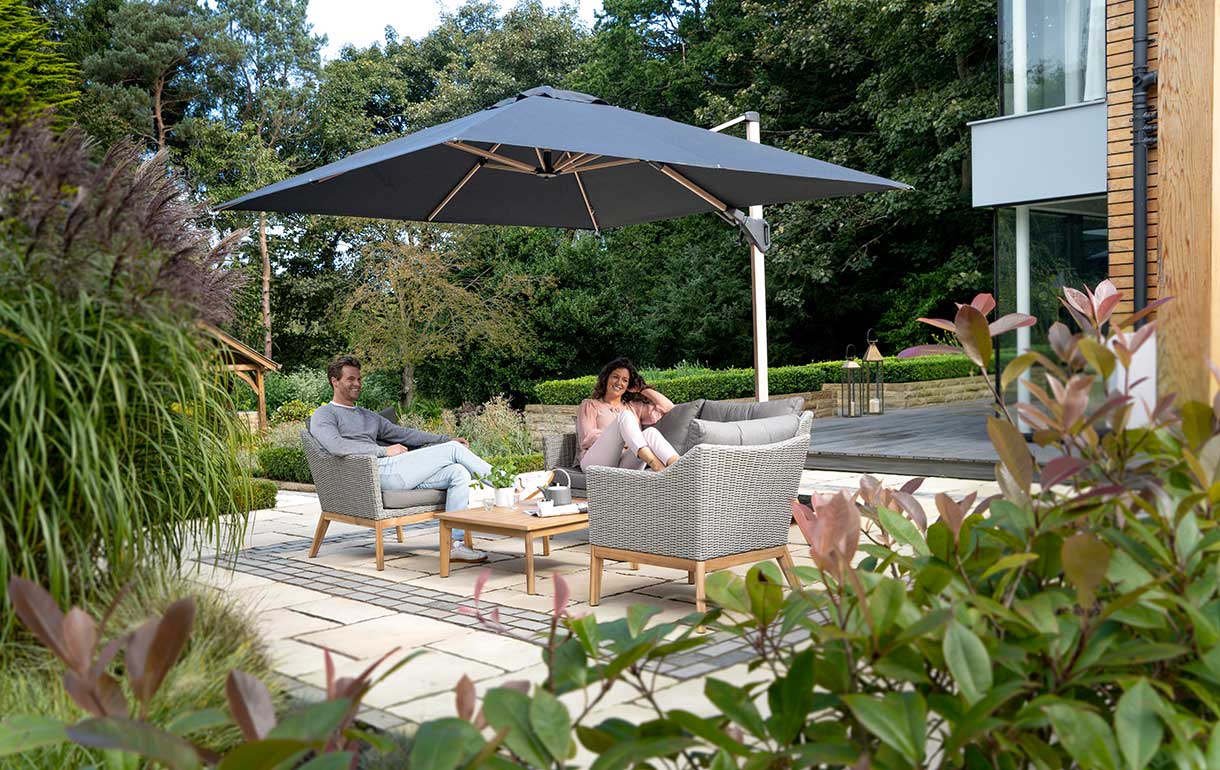
Shade in different areas: Cantilever Parasol
The cantilever parasol is best located in one place (including wall-mounted), tilting or rotating to create the shade as required. Also known as a ‘side post umbrella’ and ‘pool umbrella’, it has an off-set post so you get a lot of usable shade (as opposed to the table parasol, with its central post).
The cantilever parasol can be moved (unless bolted down) but they are a bit unwieldy and sometimes will require two people. The bases themselves are weighted and can be extremely heavy for obvious reasons. Even when bolted down, the cantilever is sensitive to wind particularly when tilted because it acts like a sail. Don’t be concerned if you notice a slight wobble as this is your parasol counteracting the breeze.
One of the major benefits of an overhanging parasol is that it can provide unobstructed shade, making it ideal for larger seating areas. Cantilever parasols can be easily adjusted to follow the sun’s movement ensuring continuous shade throughout the day.
For maximum flexibility consider both the T1 & T2 cantilever parasols. T1 means that the parasol can rotate 360 degrees and tilt up and down. Whereas T2 means that it can rotate 360 degrees, tilt up and down as well as left and right. The T2 model offers you maximum flexibility throughout the summer months.
Where’s the sun in your garden?
To create the right shade, you need to think about where the sun will fall in your garden and patio throughout the day. Do you have an east-facing garden that benefits from stunning sunrises, or will you be delighted by sunsets coming from the west? Then, which part of the day do you most want shade: the bright morning, hot midday or early evening? A cantilever parasol with its tilt function will allow you to adjust to the position of the sun, particularly when it’s low on the horizon. The beauty of cantilever parasols is that many of them will tilt, raise and lower providing shade no matter where the sun is shining in your outdoor space.
Grass, patio or pool-side parasol?
So here are some final location tips to help you choose the best position for a garden parasol:
Grass:
1. Make sure the ground is as even as possible so the parasol is stable
2. During really sunny weather, remember to move the parasol to different spots so your grass can recover
3. Check that fences and trees aren’t too close for the parasol canopy to open fully
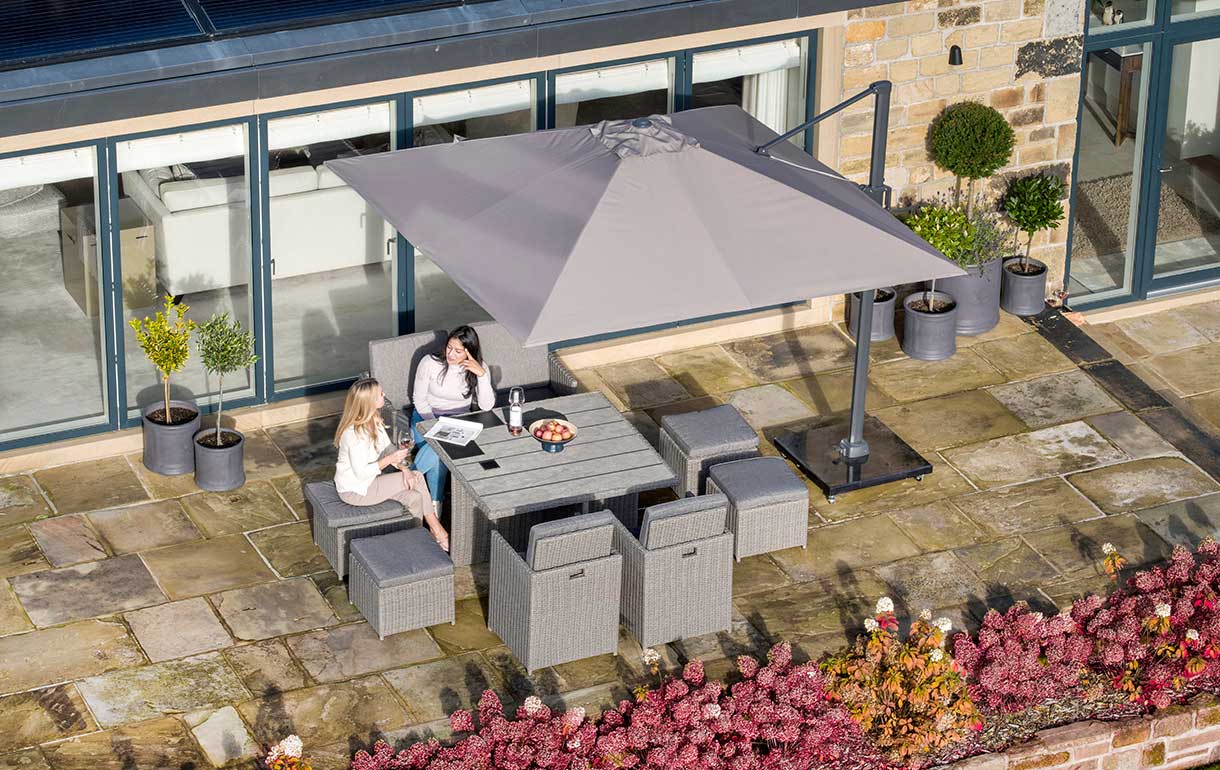
Patio:
If you eat and entertain outside a lot in the warmer weather, then it makes perfect sense to locate a parasol permanently on the patio. Work out how many seats you’d like to shade so your parasol canopy is the right size.
Pool-side:
A rotating cantilever parasol is best for pool-side shade, as it keeps the space underneath the canopy completely clear. This includes the water and its harmful reflection of the sun’s rays.
Positioning your garden parasol for perfect shade
If you take care to choose the best position for a garden parasol, you’ll get the shade you want without constantly moving your furniture around. Just decide how much shade you want, and where you need it.
Placing your parasol near a natural windbreak can improve stability while positioning it close to seating areas ensures maximum comfort. If you frequently entertain guests, think about creating a shaded communal space where people can relax without the need to constantly adjust the parasol. By strategically positioning your garden parasol, you can create a cool, inviting retreat that enhances your outdoor living experience.
One last tip: don’t forget that the tilt function on your tilting parasol is a great way to get privacy because it blocks the onlooker’s line of sight.
--------------------
Have further questions about different types of garden tables we stock? Our friendly, knowledgeable team are always on hand to help, just give us a call or visit one of our showrooms in Wakefield or Newcastle.
About the Author

Dave Sadler is a garden parasol expert with a passion for outdoor elegance and functional design. With years of experience in the garden furniture and parasol industry, he’s become a go-to expert on all things parasols - from choosing the perfect shade solution to seasonal styling tips.









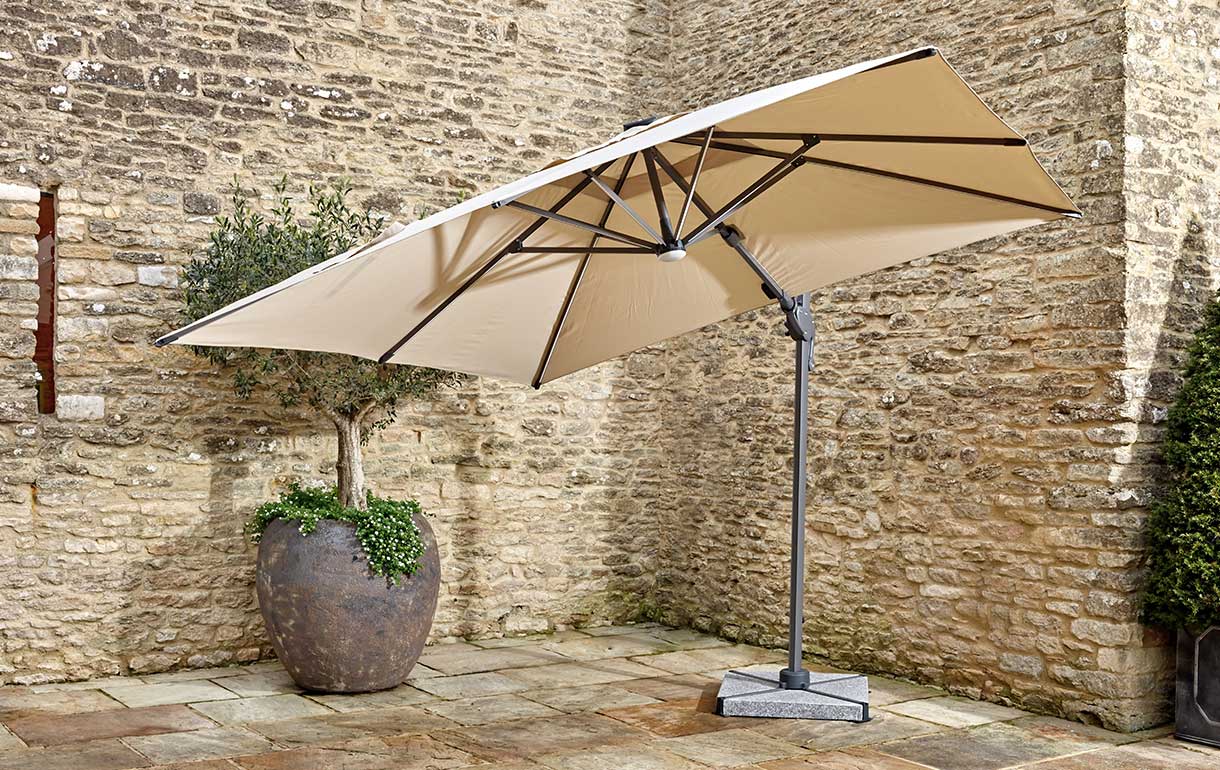
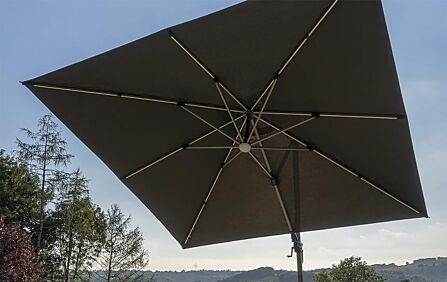


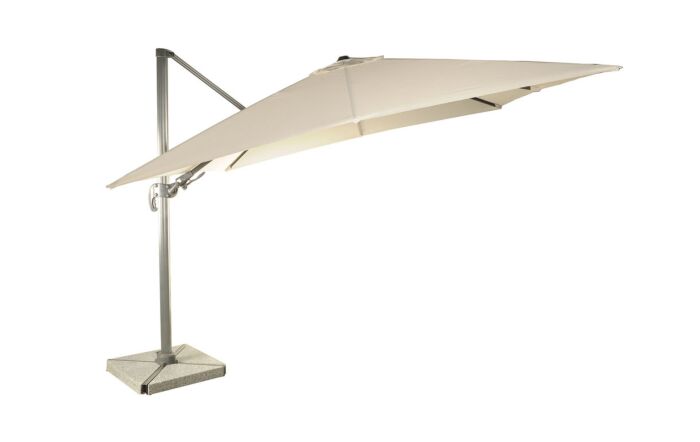
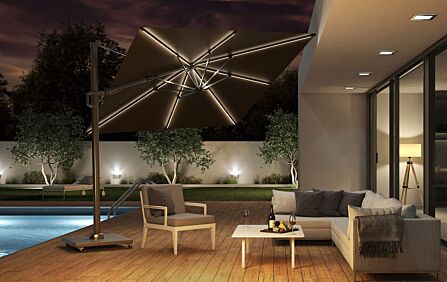

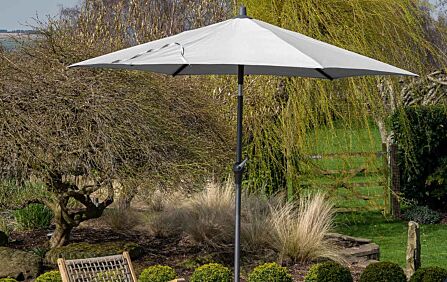
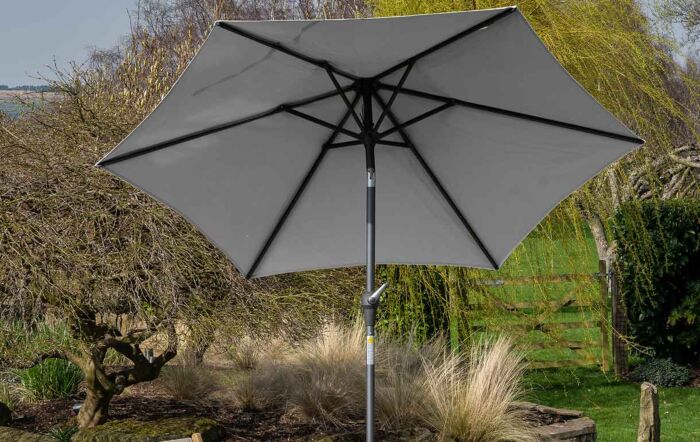
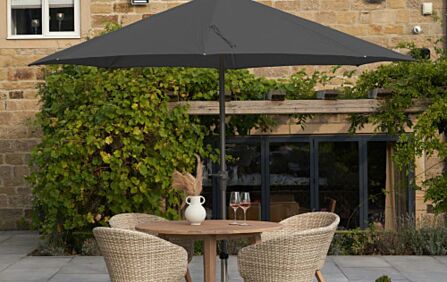
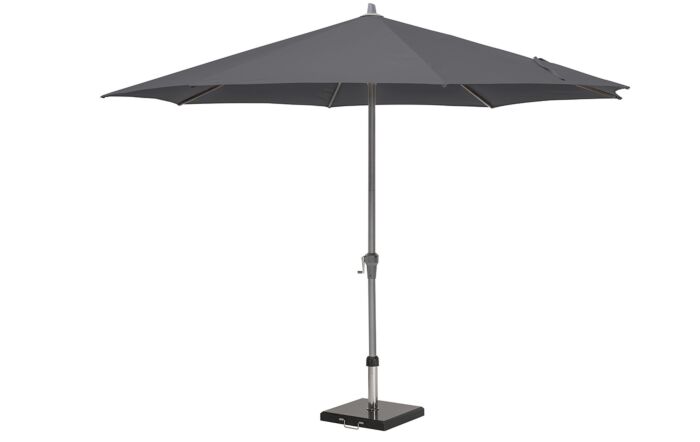
Login and Registration Form